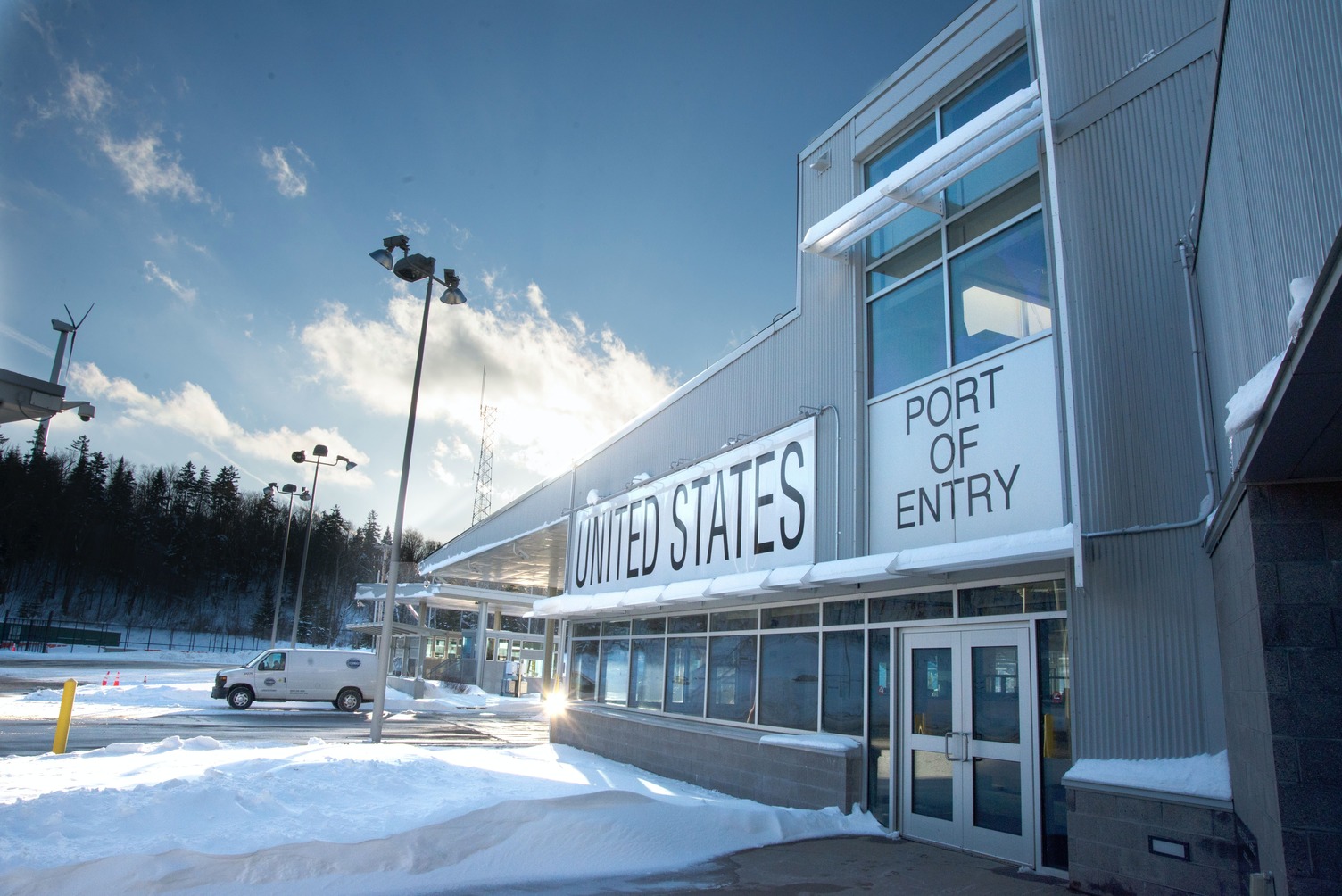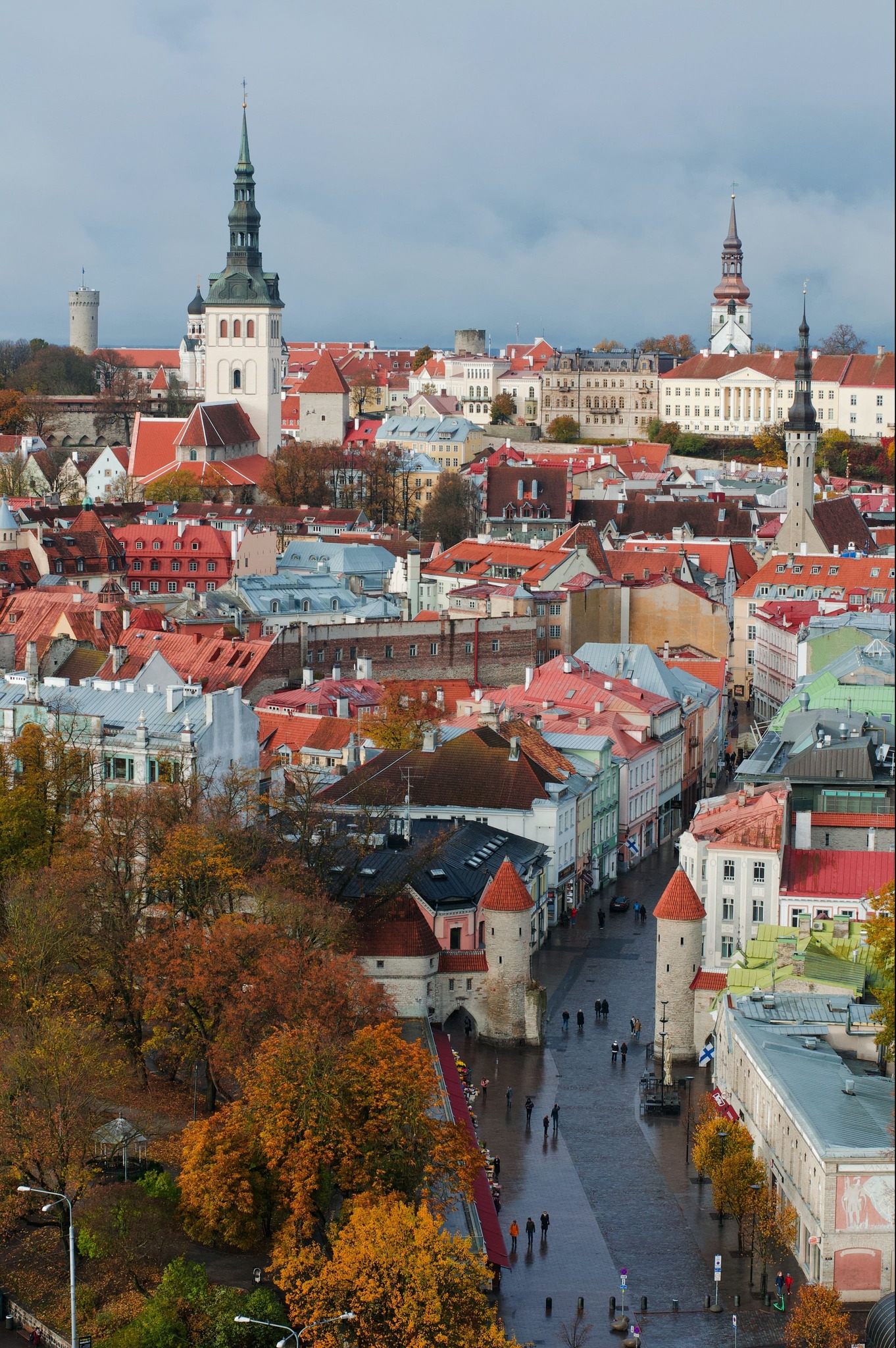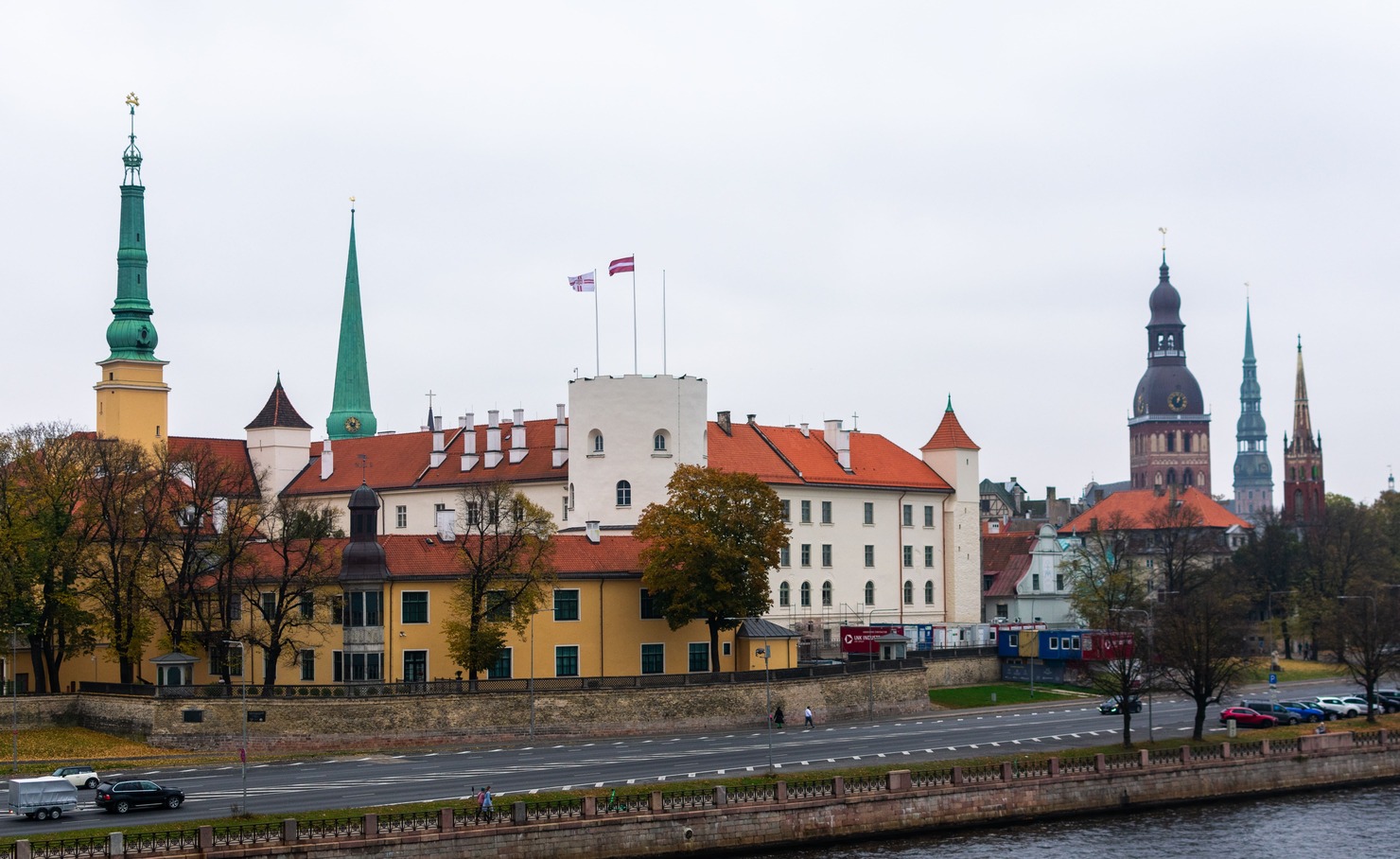- January 5, 2026
Immigration
Migration to the USA: Expat Movements from Various Countries

Each year, thousands of individuals around the world dream of making the United States their new home. Due to the diversity and opportunities the country offers, it remains a top destination for immigrants.
While there is a vast mix of people coming from all parts of the world, certain countries see more of their citizens migrate to the U.S. than others.
Top Countries for Expats Moving to the U.S.
Note: The following numbers are approximate and based on past records up to the last year.
- 1. Mexico: Approximately 150,000 – 200,000 people annually. Mexico, sharing a long border with the U.S., has historically been the largest source of immigrants.
- 2. China: Roughly 70,000 – 80,000 people each year. Many Chinese migrants come to the U.S. for educational opportunities and stay on post-graduation.
- 3. India: Around 65,000 – 75,000 annually. The U.S. attracts a large number of skilled professionals and students from India.
- 4. Philippines: About 50,000 – 60,000 each year. A significant portion of these are healthcare workers, particularly nurses.
- 5. Cuba: 20,000 – 30,000 migrants annually. This number has fluctuated depending on political conditions in Cuba.
- 6. El Salvador, Guatemala, and Honduras: Each of these countries sends roughly 15,000 – 25,000 migrants every year due to economic and social conditions.
There are many other countries with significant numbers, but the above list includes some of the top contributors.
Which Nationals Have an Easier Path to Legal Residency in the U.S.?
- 1. Canadians & Mexicans: Under the United States-Mexico-Canada Agreement (USMCA, formerly NAFTA), certain professionals from Canada and Mexico can obtain TN visas, making it relatively easier for them to work in the U.S.
- 2. Australians: The E-3 visa allows Australian citizens to work in the U.S. in a specialty occupation. This visa is exclusive to Australians and comes with a generous annual quota.
- 3. People from countries with low U.S. immigration rates: The Diversity Visa Program or “Green Card Lottery” gives citizens of countries with low rates of immigration to the U.S. a chance to participate in a lottery for permanent residency.
- 4. Specialty Occupations & Inter-company Transfers: The H-1B visa program allows companies to hire foreign workers in specialty occupations. L-1 visas, on the other hand, allow for the transfer of managers, executives, and specialized knowledge employees from an international office to a U.S. office.
- 5. Investors: The EB-5 visa program allows foreign investors who make significant investments in U.S. businesses and create jobs for U.S. workers to obtain green cards.
- 6. Refugees and Asylees: Persons fleeing persecution have pathways to residency in the U.S. if they meet certain conditions.
It's important to note that even though certain pathways might seem "easier", every immigration process to the U.S. has its own set of challenges, requirements, and bureaucratic procedures. Factors such as international relations, changes in U.S. immigration law, and individual qualifications play a significant role in the immigration process.
Disclaimer: The above data and information are based on historical records and are for informational purposes only. The dynamics of immigration can change due to various factors, and one should consult the latest data and/or an immigration attorney for current specifics.
Comments
No comments to display
Related Articles
Footer menu
© 2023. Benefit IT LTD. VAT: BG 204952799
All Rights Reserved



